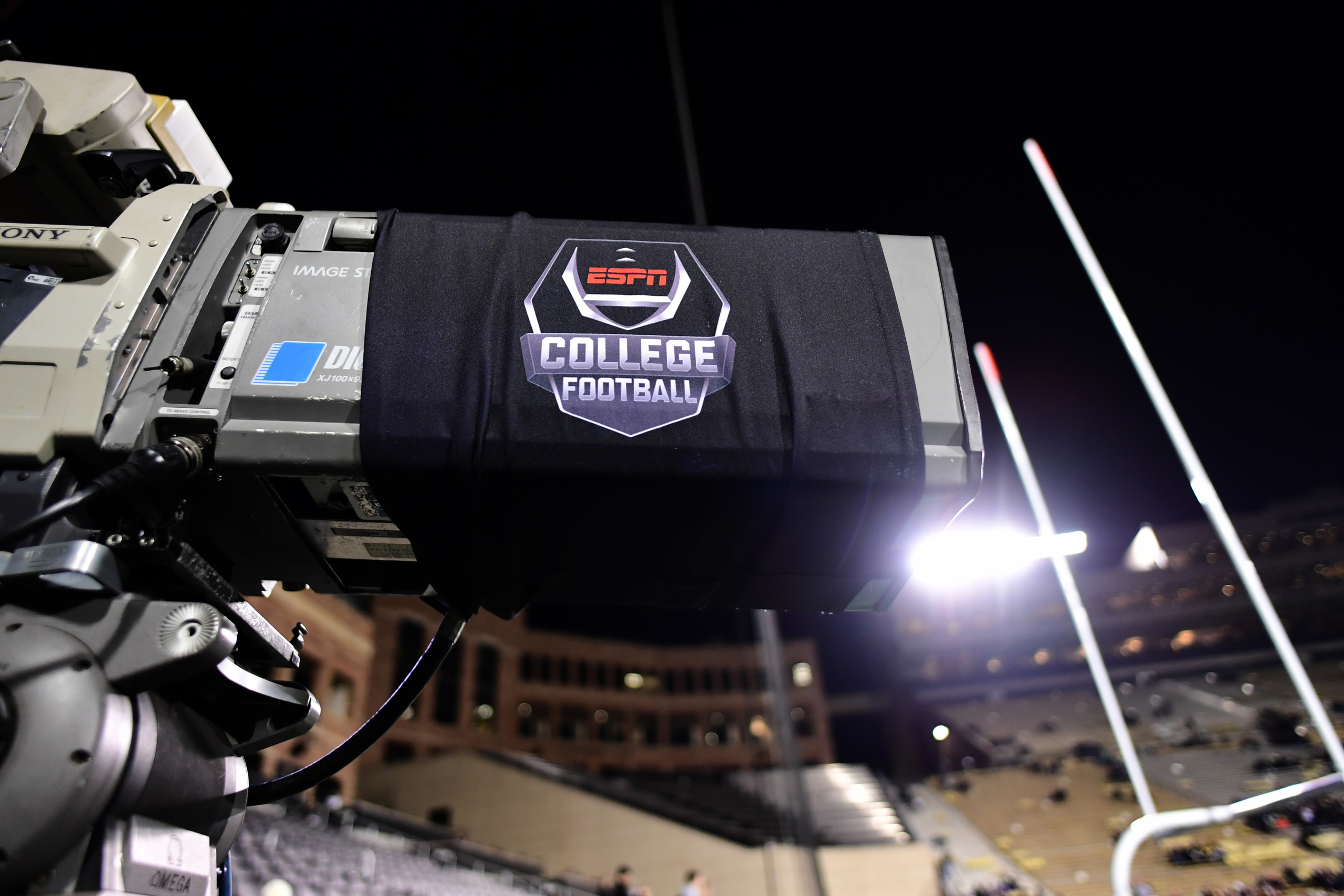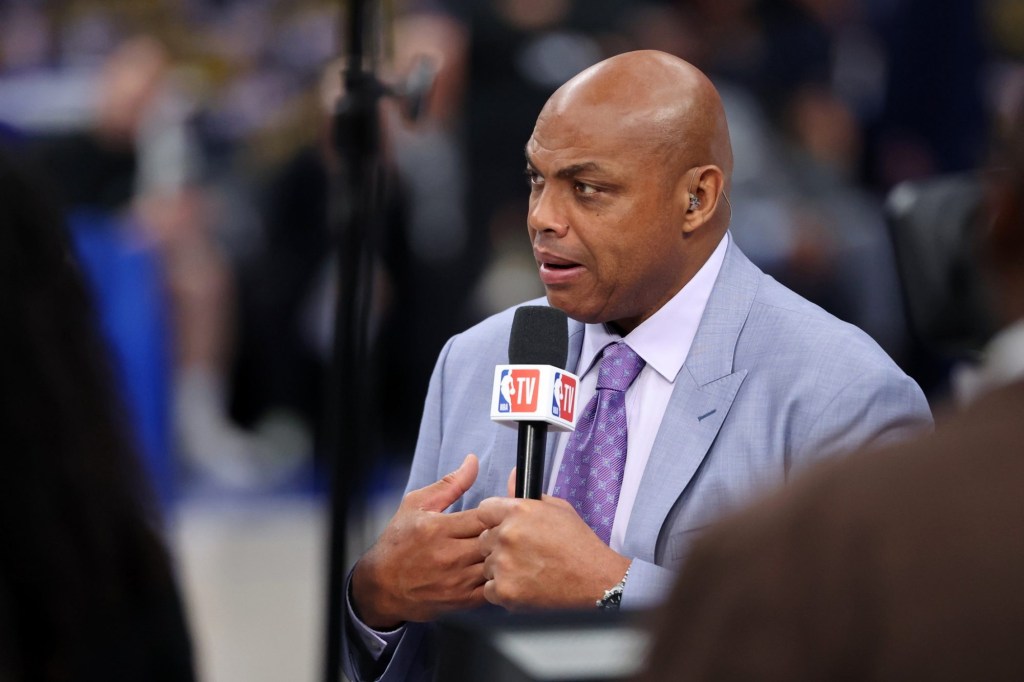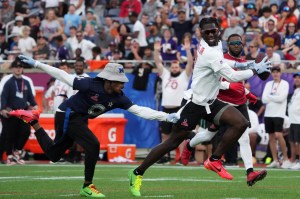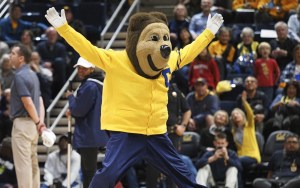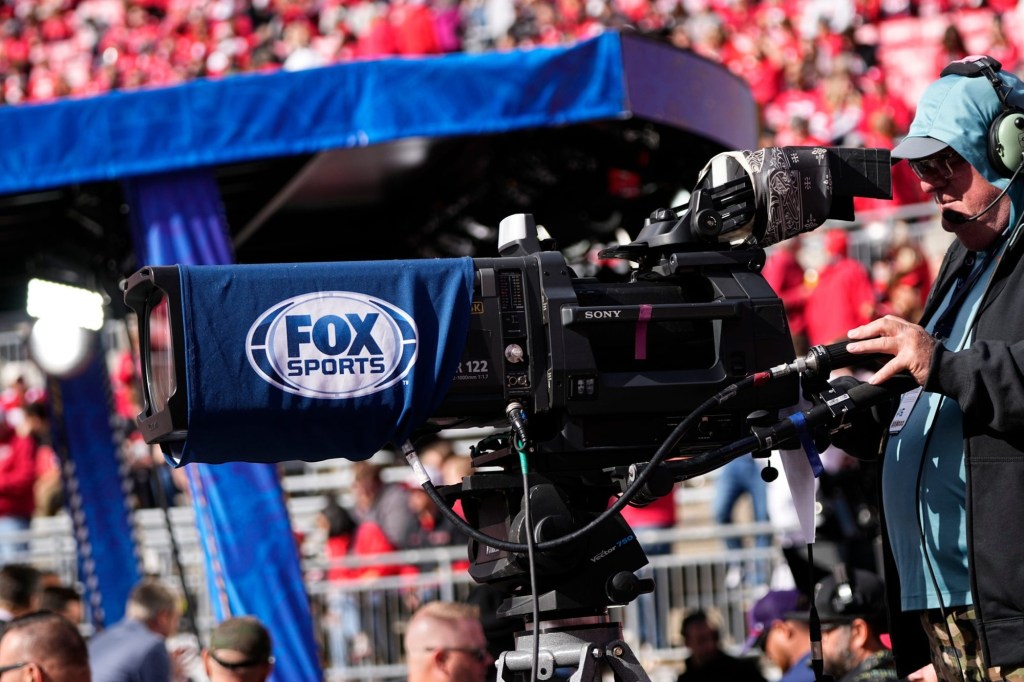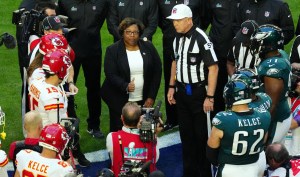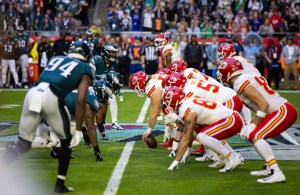ESPN announced the biggest round of layoffs in the company’s 41-year history on the morning of Nov. 5.
In an internal memo obtained by Front Office Sports, ESPN President Jimmy Pitaro announced 300 jobs would be cut — and another 200 open positions eliminated.
The job losses will hit behind-the-scenes staffers engaged in the remote production of hundreds of collegiate and pro game telecasts the hardest. FOS previously reported that ESPN was planning to lay off hundreds of production staffers.
In 2015, ESPN eliminated 350 mostly behind-the-scenes staffers. Two years later, it dropped over 100 front-facing TV and radio talents including Trent Dilfer, Britt McHenry, and Jay Crawford.
Heading into 2020, ESPN was already looking for ways to shave costs and improve efficiencies. But the COVID-19 crisis accelerated that process as ESPN and parent Walt Disney Co. struggled with the loss of live games and the shutdown of theme parks and cruise lines.
On Sep. 30, Disney announced it was eliminating 28,000 theme park jobs, or 25% of its workforce. This week, ESPN finally reached its own “inflection point” during the “Covid storm,” wrote Pitaro.
“Prior to the pandemic, we had been deeply engaged in strategizing how best to position ESPN for future success amidst tremendous disruption in how fans consume sports. The pandemic’s significant impact on our business clearly accelerated those forward-looking discussions. In the short term, we enacted various steps like executive and talent salary reductions, furloughs, and budget cuts, and we implemented innovative operations and production approaches, all in an effort to weather the COVID storm. We have, however, reached an inflection point,” Pitaro wrote in the memo.
“The speed at which change is occurring requires great urgency, and we must now deliver on serving sports fans in a myriad of new ways. Placing resources in support of our direct-to-consumer business strategy, digital, and, of course, continued innovative television experiences, is more critical than ever.”
The months-long shutdown of live sports sparked increasing automation by TV networks.
ESPN produces more games remotely than any other sports media company. The self-proclaimed Worldwide Leader in Sports used to send hundreds of play-by-play announcers, analysts, producers, directors, camera operators and production assistants out into the field to televise live games and events.
But the pandemic forced ESPN to adapt and innovate. Now, on-air talents call games from home.
Rather than the traditional production truck filled with 20 or so staffers outside a stadium or arena, the games are produced in ESPN’s Bristol studios. That means jobs losses for producers, directors, camera operators, editors and production assistants, said sources.
“ESPN has embraced this whole ‘home kit’ set up thing more than any network,” noted one TV source.
But on-air TV/radio talents are not completely safe from ESPN cost-cutting plans either. The network, for example, is simply not renewing the contracts of some mid to senior-level talents, or is asking them to come back at a reduced salary.
Unfortunately, these media talents don’t have much leverage since few other networks are hiring during the pandemic.
“Where are they going to go? Nobody’s hiring,” said one talent agent. “My advice to everybody is whatever they send you, just sign and send it back. Just make it through this year.”
Before the layoffs, ESPN had approximately 4,000 employees based at its Bristol, Conn. headquarters, and around 6,500 worldwide.
The cutback comes as the sports giant’s parent company Walt Disney Co. is in the middle of a billion dollar pitch to land multiple NFL TV rights deals.
Disney wants ABC to score its first live game package in 15 years. The entertainment giant also wants ABC to join the Super Bowl rotation controlled by CBS, NBC and Fox. NBC currently owns the NFL’s Sunday night rights — paying $960 million per year — and will likely vie to keep the marquee slot, while ESPN already spends almost $2 billion per year for “Monday Night Football.”
